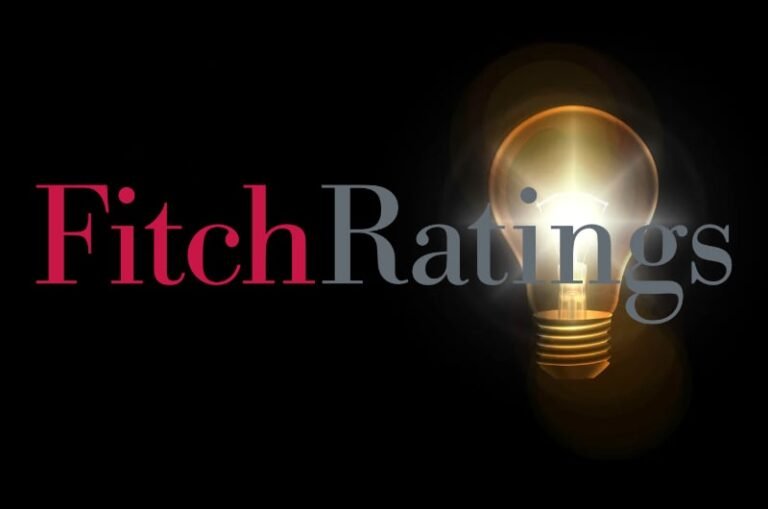There is a growing opportunity for further use of catastrophe bonds and insurance-linked securities (ILS) in Latin America, with Brazil’s first ILS deal recently setting a positive example, Fitch Ratings has explained. Commenting on reinsurance market opportunities in Latin America, Fitch said, “Fitch Ratings estimates the Latin American reinsurance market from USD18 billion to USD22 billion, with key risks that include currency volatility, inflation, political instability, and frequent catastrophic claims. The average retention rate is about 80%, with higher retained premiums in more developed countries and in more stable insurance business lines.
Commenting on reinsurance market opportunities in Latin America, Fitch said, “Fitch Ratings estimates the Latin American reinsurance market from USD18 billion to USD22 billion, with key risks that include currency volatility, inflation, political instability, and frequent catastrophic claims. The average retention rate is about 80%, with higher retained premiums in more developed countries and in more stable insurance business lines.
“Ceded premiums are expected to continue growing over the next 12–18 months, driven by organic market expansion, increased risk exposure, insurers’ volatility management strategies, and increasing losses from natural catastrophes.
“Reinsurance demand remains strong for catastrophe risks, while non-proportional reinsurance costs have eased due to abundant global capacity, enabling insurers to obtain extended coverage at equal or lower cost.
“Abundant capacity in the global reinsurance market is increasing price competition, which may pressure the financial performance of reinsurers internationally and in Latin America. This allows global reinsurers to expand capacity in Latin America, seeking market share and diversification, especially in property catastrophe where capacity was previously limited. However, this softer market could reverse if major catastrophic losses occur.”
Alternative capital markets are anticipated to play a growing role over time in the region, Fitch believes.
Brazil’s recent first ILS transaction this May, when Brazilian reinsurer IRB (Re), via its wholly owned subsidiary, Andrina Special Purpose Insurance Entity (SSPE) sponsored the country’s first ILS transaction, a R$33.7 million transaction covering risks related to the reinsurer’s surety bond portfolio, is seen as setting an example for Latin American re/insurers.
Despite a low-level of insurance penetration, high vulnerability to catastrophic events and a lack of information transparency and robust models, Fitch notes that Latin America presents an opportunity.
“Despite these challenges, Latin America presents growing opportunities for innovative insurance solutions,” Fitch said. “Instruments such as catastrophe bonds, parametric insurance and insurance-linked securities (ILS) are emerging as alternatives to traditional coverage. Brazil issued its first-ever ILS in 2025, demonstrating the region’s potential to leverage alternative risk transfer mechanisms and help narrow the protection gap over time.”
Adding, “We still see opportunity for insurance solutions in the region, such as catastrophe bonds issued by sovereigns, parametric insurance and other alternative solutions such as insurance-linked securities.”
Fitch further explained, “Latin America faces a wide protection gap. Of USD 21.8 billion in 2024 losses, only about 10% were insured, reflecting low penetration and high vulnerability. Poor and delayed loss data further hampers risk assessment, underscoring the need for better regulatory transparency and reporting. Nonetheless, innovation is advancing through catastrophe bonds, parametric covers, and other insurance-linked securities (ILS). Brazil’s first ILS in 2024 demonstrated the region’s potential to use alternative risk transfer to narrow the gap.”
Of course, there have been a number of catastrophe bonds covering Latin American countries in the past from the World Bank facilitated series of issuances.
These include, the cat bonds issued for Mexico, the series of cat bonds issued for Pacific Alliance members, and an individual cat bond issued for Chile.
More recently, German insurer Talanx Group sponsored a catastrophe bond covering earthquake risks in Chile as well.
These deals show there are peak catastrophe risk perils in Latin America that are well-suited for risk transfer to the capital markets in insurance-linked securities (ILS) formats.


